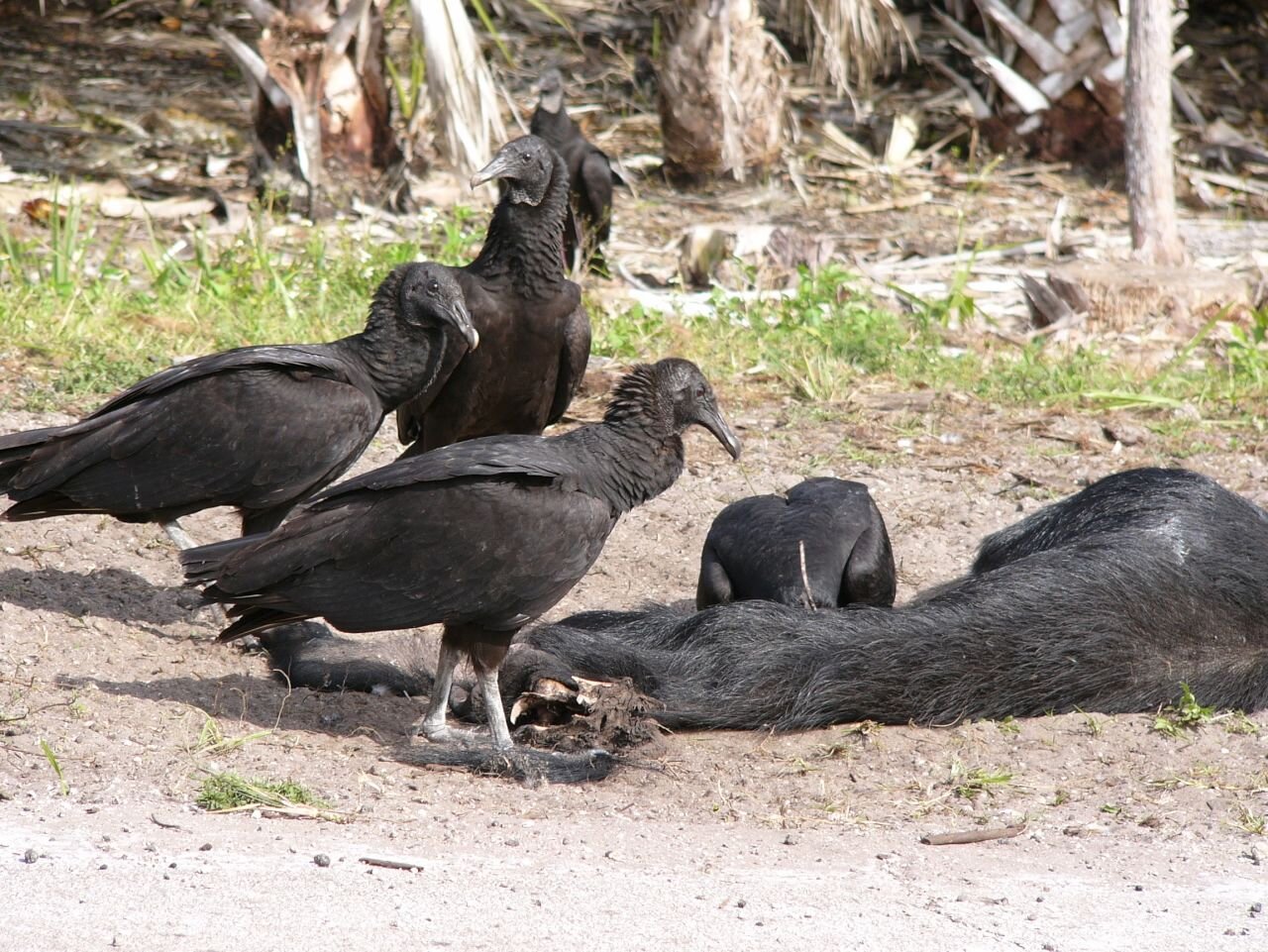Sadly, Florida is not a great place to go warbler watching in the winter. Warblers in the winter in Florida are in their basic, drab, “don’t care about courting or attracting a mate,” curl up by the fire in comfort, couldn’t care less plumage. And most birders would rather wait to see them on their spring march north to their summer breeding territories when they have morphed into spectacular “check me out, I’m so pretty” mating plumage. Nevertheless, Florida’s winter warblers are still fun to see and check out.
By far, the most common warbler in Florida in the winter is the ubiquitous Palm Warbler, (top of page) busily pumping its tail in shrubbery around virtually every home in Florida, but also seen out in the country-side, in farm fields, edges of swamps, along marshes, just about everywhere. While they are pretty plain all winter long it is interesting to watch them begin to get some of their breeding color late in March when they are about to begin their northward migration.
The second most common winter warbler in Florida is the Yellow-rumped warbler (photo 2) which can be seen flashing its “butter butt” in just about any suitable habitat: woods edges, marshes, road-sides, but less likely to be seen in residential shrubbery. And the third most common of our Florida winter warblers is the Common Yellowthroat. (photo 3) However, birders have to go looking for these more secretive birds, as they are found primarily in marshes and along woods edges. Finally, the fourth most common winter warbler in Florida is the Pine Warbler (photo 4) which can be found in virtually any significant patch of pines almost anywhere in south Florida, and along with the Common Yellowthroat, the only year-round residents of southern Florida. Curiously, their plumage does not change much throughout the year.
The less common but definitely fun to find Florida winter warblers are the Black and White Warbler (photo 5); the Northern Parula (photo 6); the Prairie Warbler (photo 7); the Yellow-throated Warbler (photo 8); and the Ovenbird (photo 9). All of my photos displayed in this column were taken in the winter in Florida although I have better photos of some of these birds taken up north when they were migrating or had already reached their breeding grounds.
Birding field guides indicate that Orange-crowned Warblers, American Redstart and Northern Waterthrushes also winter in Florida, and I do have poor photos of the Orange-crowned and Redstarts, but must confess that I have not seen a Northern Waterthrush in Florida. Black and White, Northern Parula and Prairie Warblers are found in appropriate woodlots or places like Green Cay, Wakodahatchee or Merritt Island NWR, but Yellow-throated Warblers and Ovenbirds can sometimes be found visiting bird feeders.
Speaking of Green Cay and Wakodahatchee, both located in Boynton Beach about a mile apart, all 10 warblers featured here we have either seen there, or in the case of Ovenbird, have been reported there. Periodically, other warblers are spotted throughout Florida in the winter, but they are either very early migrants or birds that for one reason or another did not continue on their south bound migration. Such birds, when found, are reported on the rare bird or rarities internet pages. As I am writing this column Yellow-breasted Chat reports have come in on rare bird lists from two different locations in central Florida.
While warbler watching is not a prime Florida birding activity in the winter time it does pick up for a brief period in late March and early April when some of the other warblers pass through Florida on their trip north. Unfortunately these passing transients are catch-as-you-can for they are on the move and therefore generally one- or two-day birds at the most, then gone, moving on.
I suppose winter warblers in Florida could be characterized as true “Snow Birds,” certainly more so than all those winter migrants from northern states and Canada who clog the highways and byways of Florida and make for long wait times in all the restaurants that the locals avoid while waiting for their northern friends to leave in the spring. Unfortunately we have no way of asking the local bird species what their reaction is to the winter influx, not only of warblers, but all other kinds of bird species that invade Florida in the winter. One wonders whether the local birds get sick of all these short term avian visitors who don’t add a thing to local bird well-being, for they don’t even hang around to provide potential mating partners, and unlike human “Snow Birds,” true snow birds don’t even pump up the local economy.
I can’t imagine a local bird looking at some of its northern true snow birds and saying, “At least their contributions here enable me to get through the summer.” At least the true “Snow Birds” do add joy and pleasure to the human snow bird birders who have the opportunity to see how they pass their winter, probably visiting family and friends and meeting new acquaintances from many other new and different areas “up north.” Probably already planning northern summer reunions, I wouldn’t be surprised.
For more on Florida’s winter warblers, see: www2.stetson.edu/~pmay/emeralda/emaral19.htm, and www.10000birds.com/winter-wood-warblers-in-southeast-florida.htm.























